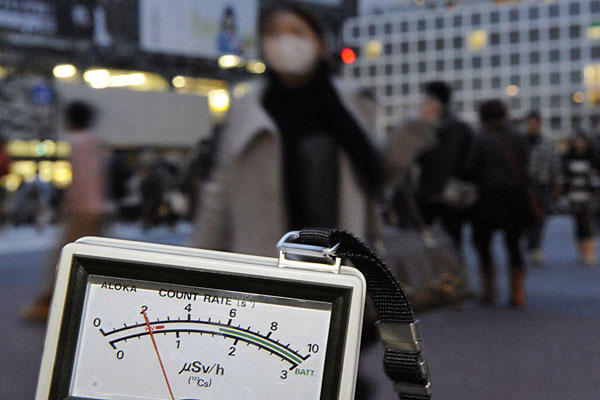
- U.S. warships join Japanese relief effort: This is the USS Ronald Reagan aircraft carrier, which is currently aiding in relief efforts in Japan, serving as a fueling station for helicopters. The U.S. has several warships in position, with more to arrive in the coming days. This is welcome news, as the picture in Japan looks increasingly grim by the day; as we mentioned earlier, the government now believes a horrific 9,500 may have died in Otsuchi. This is a horrible reminder that for many Japanese citizens, what’s happening with the country’s nuclear reactors is yet a more abstract concern in the face of the massive, physical devastation that’s racked the land. We sincerely hope that our military can be of any and all assistance to the people of Japan. source

